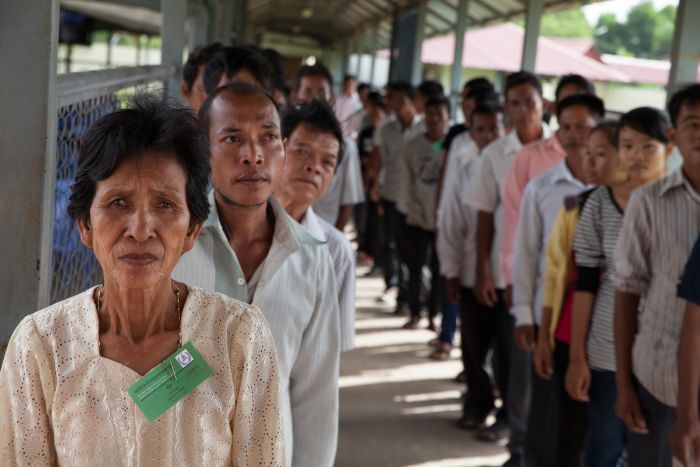In times of transition from authoritarianism to democracy, governments and other public bodies involved in the commission of mass atrocities must undergo reforms to eradicate corruption and abuse. This may involve vetting of future government employees, and constitutional redrafting or amendment. Disarmament, Demobilization, and Reintegration programs that help reintegrate ex-combatants into society offer another measure of institutional reform that may be appropriate in a post-conflict setting.
Institutional Reform
Institutional reform aims to prevent the recurrence of atrocities by equipping institutions to protect fundamental human rights and to function according to democratic principles. It may require the establishment of ethical codes of conduct, legal frameworks, and complaints procedures, the disbandment of entire public offices, and the review of salaries and infrastructure. The institutional reforms measures required differs across contexts, but will typically address key institutions including the judiciary, the police, and armed forces.
Lustration and Vetting
Lustration and vetting is often considered to be a critical component of institutional reform. It refers to the process of removing individuals from officials institutions that committed or assisted in the commission of crimes, abuses, and violations during periods of conflict. Vetting processes consider individuals’ track records to determine their suitability for public office whereas lustration focuses on the individuals’ affiliation to specific groups. These processes are designed to promote public confidence in institutions in the aftermath of conflict. Many post conflict societies have undergone lustration and vetting processes, including in post-war Germany, when Nazi officials were prohibited from holding public office.




